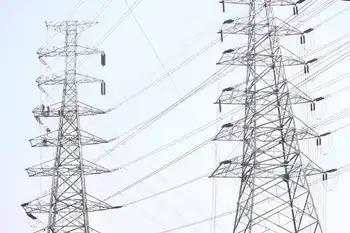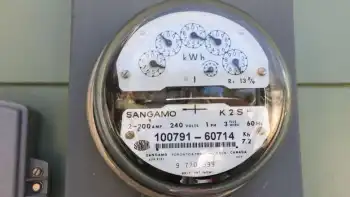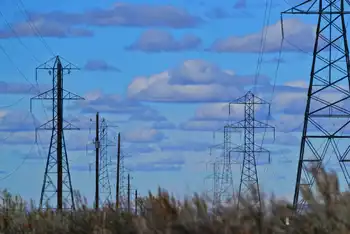Lumberton coal plant to be retired early
By South Carolina NOW
NFPA 70e Training - Arc Flash
Our customized live online or in‑person group training can be delivered to your staff at your location.

- Live Online
- 6 hours Instructor-led
- Group Training Available
The company plans to retire the plant, located near Lumberton, North Carolina, after it operates during the summerÂ’s period of high electricity demand to ensure sufficient power to supply customer needs. The utility had previously announced plans to retire the plant by 2017 as part of a fleet-modernization effort that will result in the retirement of 30 percent of Progress EnergyÂ’s North Carolina-based coal-fired fleet. The accelerated retirement was included in a report to the N.C. Utilities Commission.
“This is another significant milestone for North Carolina,” said Lloyd Yates, president and CEO of Progress Energy Carolinas. “The Weatherspoon Plant has been a vital part of our ability to keep the lights on for more than 60 years, and we commend the men and women who worked around the clock to make it a reliable resource. We are proud of its record, and proud to be investing in new, clean technologies to power our region’s future.”
The W.H. Weatherspoon Plant has three coal-fired units with a total generating capability of 170 megawatts MW. It has provided cost-effective, reliable electricity to Eastern North Carolina since 1949. The decision to advance the retirement date was made after an evaluation of system resource needs, investments needed to comply with upcoming state and federal environmental regulations and the economics of continued operation. Part of the decision includes the fact that a new gas-fired combined-cycle power plant at the companyÂ’s Richmond County Energy Complex will add 600 MW to the utilityÂ’s system when it comes online in June.
The retirements of the utilityÂ’s other smaller, older coal-fired units in North Carolina are on track. The coal units at the H.F. Lee Plant near Goldsboro are scheduled to be replaced by a natural gas plant in 2013 the Cape Fear Plant near Moncure will be retired by the end of 2014 and the coal units at the L.V. Sutton Plant near Wilmington will be replaced by a natural gas plant in 2014.
Converting the coal-fired generation to power plants fueled by cleaner-burning natural gas will result in significant additional emission reductions, including carbon dioxide, sulfur dioxide, nitrogen oxides, mercury and other pollutants.
When Progress Energy Carolinas announced its fleet-modernization plan, it employed about 260 people at the four coal-fired sites affected by the plan. Since then, the company has worked to ensure that as many as possible have jobs at the new gas-fueled power plants or opportunities to move to other positions at company facilities during the multiyear transition period. Of the 51 employees at the W.H. Weatherspoon Plant, more than half have found work at other Progress Energy locations, others plan to retire when the coal units are retired and the company continues to work with the remaining employees.
In its annual N.C. Clean Smokestacks Act update, filed with the N.C. Utilities Commission, Progress Energy Carolinas reported that it has cut emissions of nitrogen oxides NOx by 68 percent and sulfur dioxide SO2 by 71 percent from 2002 levels at the companyÂ’s coal-fired power plants in North Carolina. In 2010, the company successfully met the stateÂ’s first reduction target for NOx and continued to meet the reduction target for SO2 emissions.
In 2002, Progress Energy Carolinas joined a coalition of public officials, environmental organizations, citizen groups and businesses to support the Clean Smokestacks Act. The legislation set a limit for SO2 and NOx emissions from coal-fired power plants and provided flexibility to meet those limits in the most cost-effective way. The utility has nearly completed all emissions-control technology projects related to complying with the Clean Smokestacks Act and expects to have invested a total of $1.05 billion.











